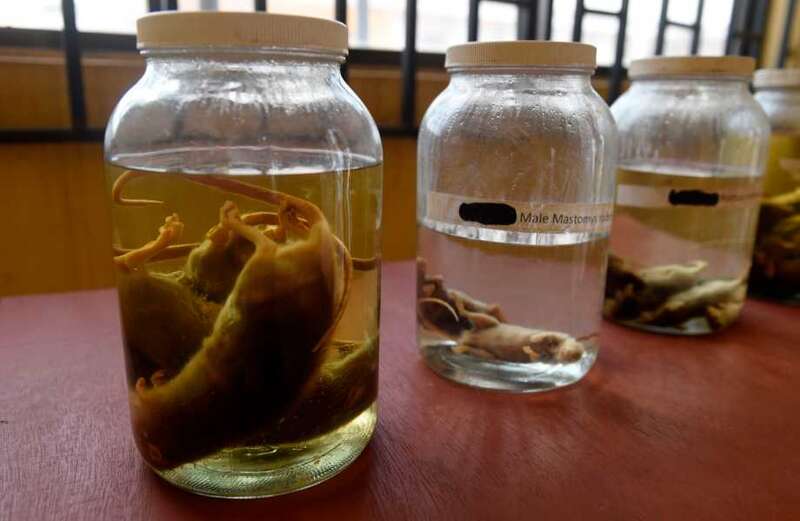LASSA fever is surging again after last year saw the worst outbreak on record, officials warn.
Some 2,629 people in Nigeria are suspected to have suffered the horror illness that causes bleeding from the eyes, ears and mouth this year as of February 18.

The Nigeria Centre for Disease Control said 477 cases have been confirmed, with 85 people dying from the disease, which is spread by rats.
Officials said they will launch a national rat removal programme to curb the deadly virus’ spread.
Minister of State for Environment Iziaq Salako said: “We are targeting a reduction of the outbreak so that it cannot escalate to any other state.
 Urgent warning to parents amid rise in Covid, flu and scarlet fever
Urgent warning to parents amid rise in Covid, flu and scarlet fever
“We are embarking on deratisation and awareness creation at the community level as part of the preventive measures.
“So, basically we are putting measures in place to make sure that there is massive deratisation to reduce the population of the vectors that cause the disease.
“We will focus on communities and states that are prone to the disease annually.”
Lassa fever is an illness caused by the Lassa virus, which is listed on the World Health Organization’s list of notorious pathogens that have epidemic or pandemic potential.
It is known to be endemic in Benin, Ghana, Guinea, Liberia, Mali, Sierra Leone, Togo and Nigeria, but probably exists in other West African countries as well.
Three cases were reported in Britain in 2022 in a family who had returned from West Africa to Bedfordshire, with a newborn baby tragically dying from the virus.
The virus causes headaches, weakness, coughing, vomiting, diarrhoea, muscle pains and a sore throat.
In severe cases, it can lead to bleeding from the ears, eyes, nose, mouth and other body openings, as well as breathing problems, facial swelling, chest pain and shock.
Around one per cent of people who are infected die, although this rises to 15 percent in people who are admitted to the hospital with severe symptoms, and up to 70 per cent in some areas.
How it spreads
It is spread through contact with the urine, faeces, saliva or blood of infected rats, and is particularly prevalent in poorer communities.
 I’m sharing this heartbreaking photo of my baby girl as a reminder to parents
I’m sharing this heartbreaking photo of my baby girl as a reminder to parents
The virus can spread from human to human in rare circumstances, especially when healthcare workers come in contact with an infected person’s bodily fluids.
Last year saw the worst outbreak on record in Nigeria, with 9,155 suspected cases, 1,270 confirmed, and 227 deaths.
This year’s caseload appears to be slightly lower, with 577 confirmed cases and 94 deaths confirmed by this time last year, according to the NCDC.
But officials are taking measures to prevent the spread from going further after three staff members at 44 Nigerian Army Reference Hospital in Kaduna tragically died last week.


































